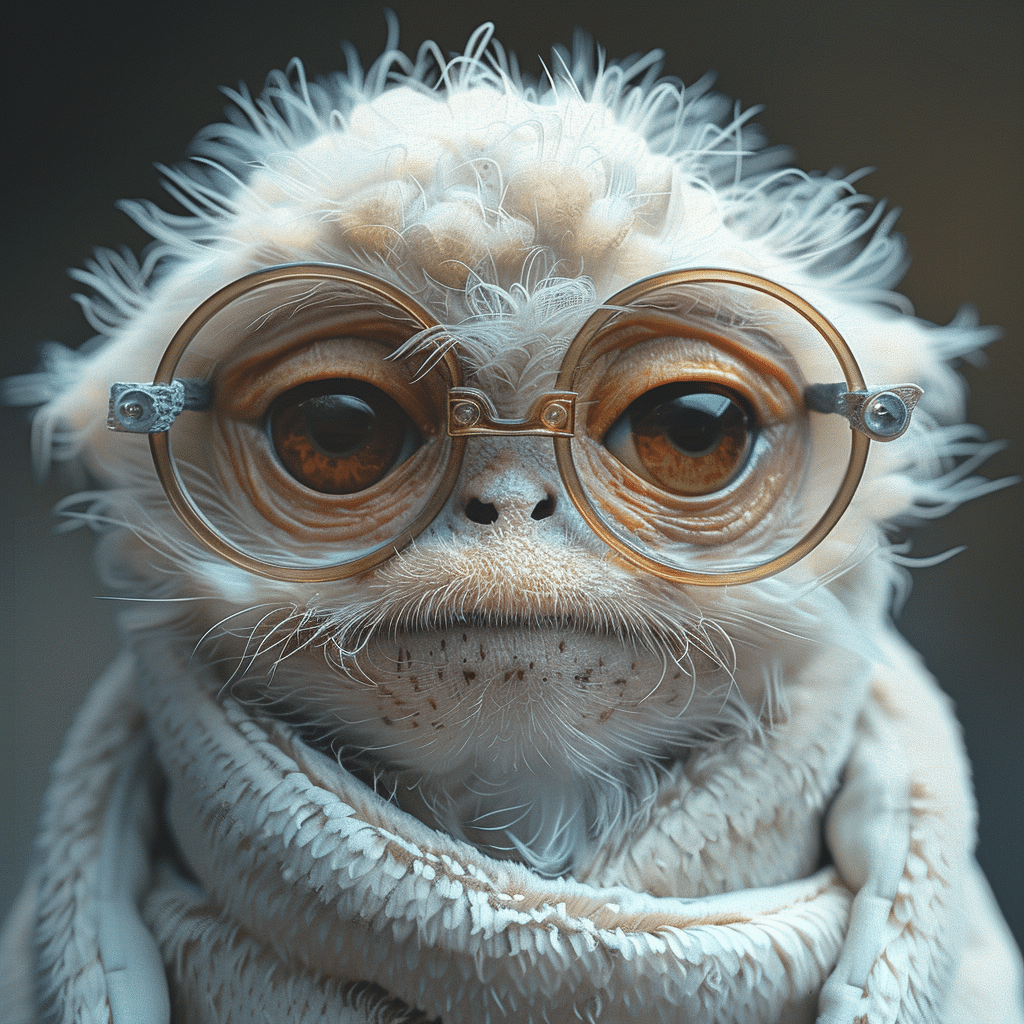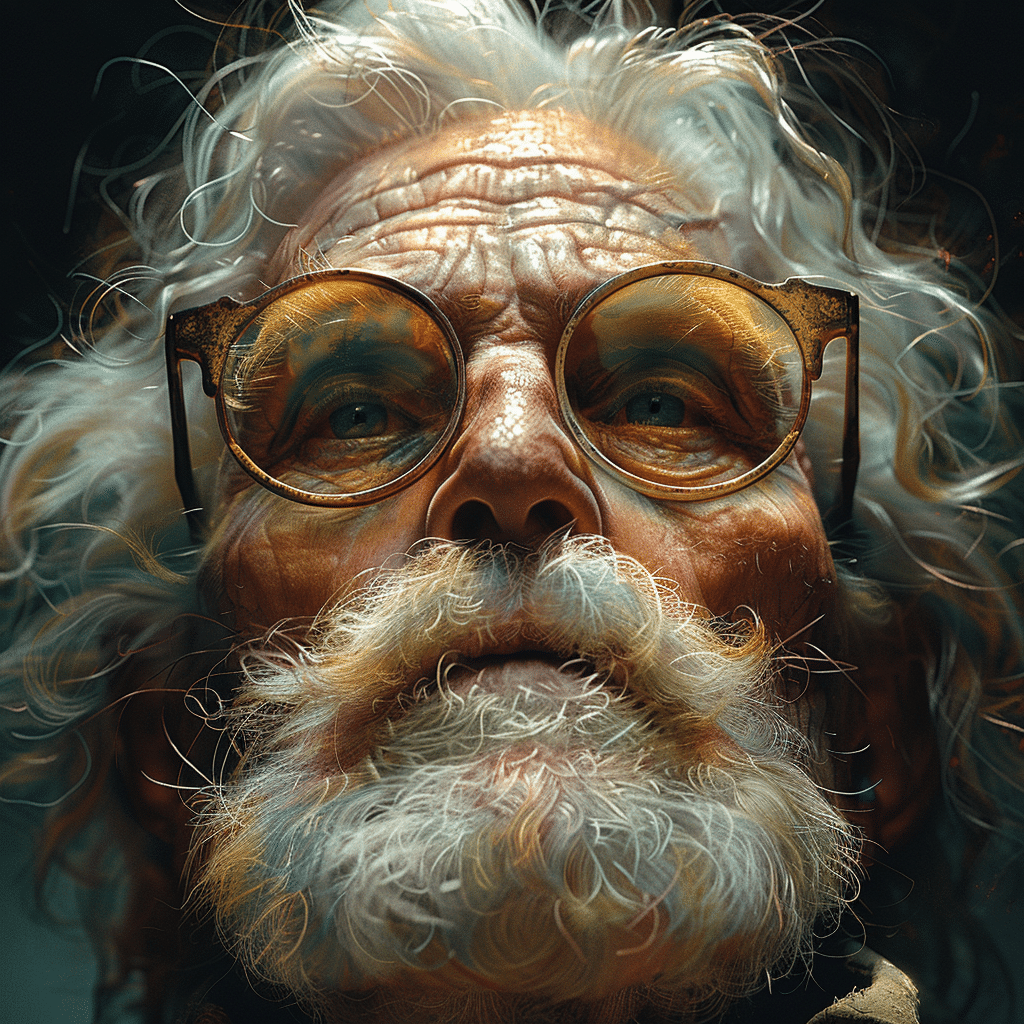In the swiftly changing tides of internet culture, the old meme resurgence sails into the digital harbor like a ship from yesteryear, flag hoisted with familiar symbols of a bygone era. On platforms from Twitter to Instagram, what was old is new again, as these time-honored internet jests rekindle the flame of nostalgia and charm us with their lasting wit.

The Nostalgia Factor: Why Old Memes are Getting a Second Wind
Remember those simpler times when a meme could simply be a funny cat image with an amusing caption? Those were the days, right? Well, brace yourself, because the getting old meme phenomenon is seizing the social media scene with the strength of a nostalgic whirlwind. Suddenly, the memes that had us chuckling in our baggy jeans and flip-phones era are popping up on feeds worldwide. Here’s why they’re making a mighty return:

The Timeless Charm of “Here It Comes Meme”
The “Here it Comes” meme, in particular, has etched its mark deeply into the collective online consciousness. Originally circulating in early chat rooms and message boards, it reappears like a familiar friend waving from across the street, prompting a chuckle before we’ve even approached. Consider its staying power:
| Meme Name | Origin (Year, Context) | Peak Popularity | Primary Platform | Cultural Impact/Notable Usage |
| Trollface | 2008, Comic | 2009-2012 | Forums, Social Media | Symbol of internet trolling, widely used across many platforms |
| LOLcats | 2006, Image Macro | 2007-2009 | Forums, Social Media | Spurred the “I Can Has Cheezburger?” website; influenced internet language, e.g., “I can has…” |
| Rickroll | 2007, Viral Prank | 2008-2011 | YouTube, Social Media | Rick Astley’s “Never Gonna Give You Up” video used to trick people; a staple of internet pranking |
| Pepe the Frog | 2005, Comic (“Boy’s Club”) | 2015-2017 | Social Media, Image Boards | Evolved from a comic character to various internet emotions; controversy over political appropriation |
| Success Kid | 2007, Image Macro | 2008-2011 | Social Media | Represented personal victories; later the child’s image was used for a successful fundraiser |
| Nyan Cat | 2011, Animated GIF | 2011-2012 | YouTube, Social Media | Popularity led to merchandise and games; symbol of the random humor prevalentin early 2010s internet |
| Bad Luck Brian | 2012, Image Macro | 2012-2014 | Social Media, Forums | Used for sharing stories of unfortunate events or fail moments |
| Overly Attached Girlfriend | 2012, YouTube video parody | 2012-2014 | YouTube, Social Media | Used to comment on clingy or stalker-like behaviors in relationships |
| Dat Boi | 2016, Animation | 2016 | Social Media, Image Boards | Absurdist meme involving a frog on a unicycle; emblematic of “surreal” meme genre |
| Harlem Shake | 2013, Video Meme | 2013 | YouTube, Social Media | Prompted groups worldwide to upload their own versions of the dance |
“Hiding Meme” and the Art of Relatability
Then there’s the evergreen “hiding meme”, a brilliant depiction of our collective desire to avoid the cascade of responsibilities or socially awkward moments. It stirs a laugh within us because who hasn’t thought of tucking themselves away from the world for a short respite? Here’s what gives it its staying power:
When Nostalgia Gets “Meme Painful”
But it’s not all warm and fuzzy. The “meme painful”, often dredging up eye-roll-inducing moments from our digital past, is part of the resurrection, too. Even though they might be cringe-worthy, their charm lies in:
The Immortal Status of the “Old Meme”
What makes a meme immortal? It’s not about luck. It’s about tapping into the essence of the human psyche. Memes like the unflappable “This is Fine” dog are viral staples because they encapsulate the ever-present existential crises we all face from time to time. They’re the What Is This meme of our inner turmoil, always applicable amidst life’s chaos.
Leveraging Old Memes for Modern Messaging
Marketers and social movements are diving headfirst into the meme pool, repurposing these classics to amplify their messages. Pepsi rejuvenates a meme for a fizzy campaign, and climate advocates spin “meme painful” provocations into calls for action. They recognize that an old meme is like an old friend—it can instantly connect and convey complex messages in a language we all effortlessly understand.
Reflecting on the Meme Lifecycle: What the Old Meme Resurgence Tells Us
The return of these digital favorites offers us a mirror, reflecting the cyclical nature of trends, the universality of human expression, and the enduring power of shared experiences. By breathing new life into these virtual relics, we acknowledge the sagas that shaped us, the communal narratives we partake in, and the unyielding spirit that thrives in collective humor.
In sum, the old meme renaissance is not simply a nostalgic indulgence—it heralds the robust, cyclical patterns of our culture, underscoring the timeless dialect of wit that binds us. As we hurdle towards an increasingly digitized existence, these beloved bytes from our keyboard-clacking history offer peculiar comfort, an affirmation of our shared tales, and the healing nature of laughter as we retell these old jests, repackaged but as endearing as ever.
And so, as the digital sands shift once more, it’s these resilient echoes of laughter—the old meme—that persist, giving us solace in familiarity, joy in remembrance, and a bridge to the future, built on the sturdy foundation of the past.
The Timeless Appeal of Old Memes
Who would have guessed that an image of a cheeky toddler clenching a fist could become a cultural cornerstone? Well, brace yourself, because the “Success Kid” meme took the internet by storm, and years later, it still pops up across social media platforms. It’s fascinating how these old memes, like vines creeping through the bricks of digital communication, refuse to wither. In an ever-fluid online landscape, the resilience of memes like “Success Kid” illustrates how humor and relatability can keep an image evergreen.
The Origin Stories
You might think that classic memes were crafted by internet gurus after a lightning strike of inspiration, but more often than not, their birth is as humble as it gets. Take the “Distracted Boyfriend” meme, for example; just another stock photo in a vast sea of staged moments turned into a commentary goldmine. Memes like this are like your favorite pair of jeans—no matter how much time passes, they just never seem to go out of style. Nostalgia, am I right?
The Charm of Relatability
Now, get this: some of these familiar images are still raking in dough! The “Bad Luck Brian” meme, featuring an awkwardly grinning teenager in a plaid sweater vest, catapulted the subject into a mini-celebrity status. Who could’ve imagined that an unfortunate yearbook photo would turn into a merchandising opportunity? These viral snapshots connect with something universal within us, and man, isn’t that the beauty of memes? They hit you right in the giggles with a dose of shared human experience.
So, there you have it—a quirky trip down meme-ory lane. These old memes, they’re like the friends we never knew we needed, popping up to deliver a punchline or a pinch of nostalgia right when the moment calls for it. And let’s face it, in the whirling digital dance that is the internet, sometimes, all you need is a good chuckle from the past to brighten your scroll. Who knew “Rickrolling” someone would become a cherished online prank? The old gems just keep on giving.




